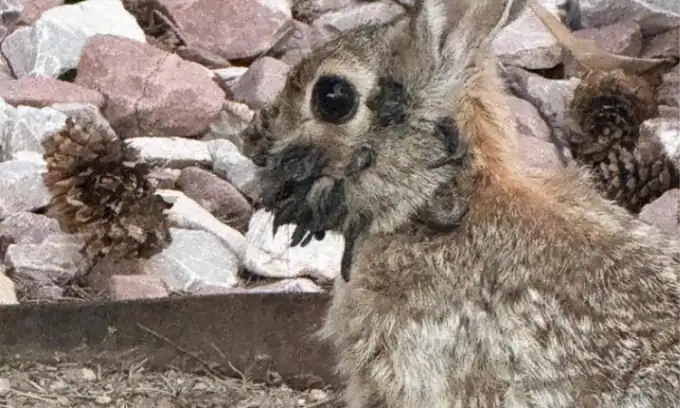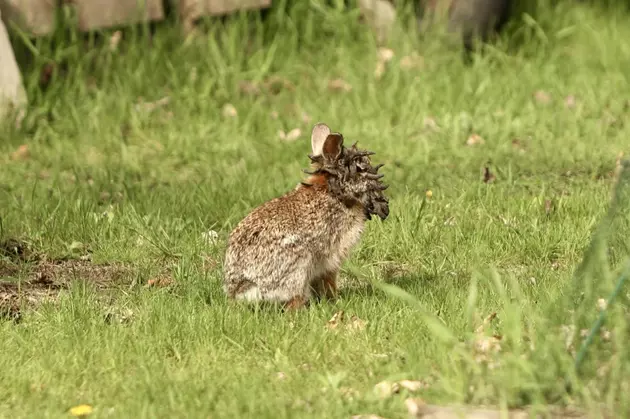Wild rabbits in Colorado have been spotted with strange horn-like growths on their heads, alarming residents and fueling viral social media posts of so-called “devil rabbits.”

Wildlife officials say the animals are infected with Shope papilloma virus (CRPV), a long-known virus that causes benign tumors—often on the face—that can grow into horn or tentacle-like shapes. First identified in the 1930s by Rockefeller University professor Richard E. Shope, CRPV has also inspired the centuries-old jackalope legend, depicting a rabbit with antelope-like horns.

Though the growths can be startling, the virus is not new, and it poses no danger to humans or most animals, though domestic rabbits can be infected. Infected rabbits usually recover as their immune systems suppress the virus, but tumors near the eyes or mouth can make eating difficult and sometimes fatal.

CRPV spreads between rabbits mainly via insect bites from mosquitoes, ticks, and fleas, but can also be transmitted through food, water, or blood contact.
The jackalope legend, especially popular in the American West, describes horned rabbits that can mimic human voices and sit around campfires with cowboys. Wyoming lawmakers have even considered, unsuccessfully, naming the jackalope the state’s official mythical creature.

Beyond folklore, CRPV research has advanced the understanding of the link between viruses and cancer, laying groundwork for studies on human papillomavirus (HPV), which causes cervical cancer. Scientists at the Frederick National Cancer Institute and Penn State Cancer Institute recently mapped the virus’s active RNA, offering new insights into how it controls genes in host cells.
According to AP and The Washington Post





